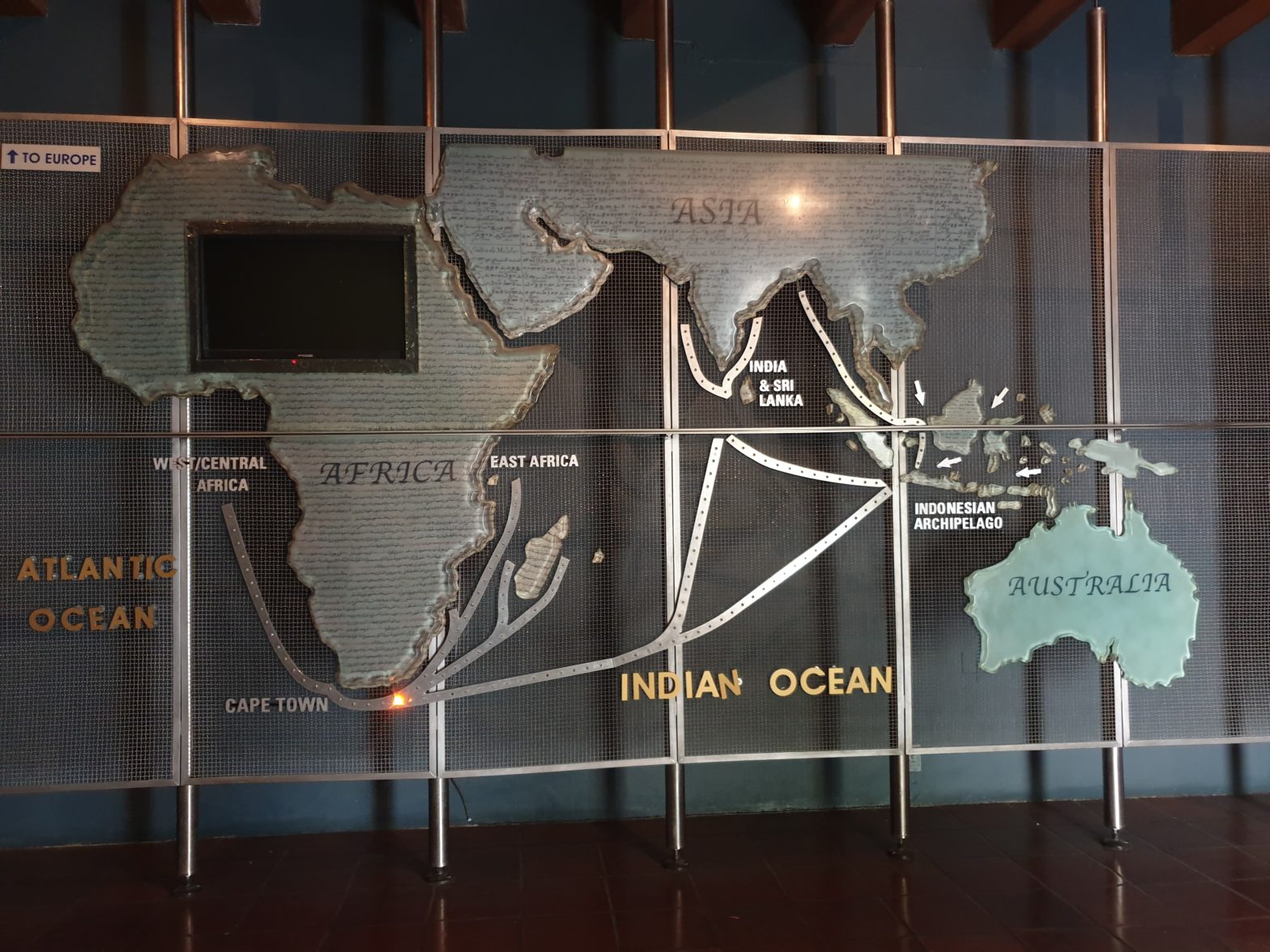In the later 1800s the demand for cheap labour by the mining industry entrenched segregation and promoted a low wage economy which greatly benefitted ‘white’ South Africans.*
On 1 December 1834, slavery was abolished in the Cape Colony, a year after the Slavery Abolition Bill had been passed in Great Britain. The slaves at the Cape, however, were to spend a further four years as “apprentices”, ostensibly so that they could learn skills to become independent, but it was in effect a way of ensuring a further period of unpaid labour to the slave-owners. When the slaves were eventually freed, it was largely without any means to support themselves, with few possessions or a place to live. This dependency served to tie many of them to their masters and to the refuge offered by the mission stations.
In the rural areas of the Western Cape dominated by wine and wheat farms, families continued to live in slave-like conditions, on the farms for generations, controlled through low wages, tied housing, corporal punishment and the dop system (whereby workers were part-paid with cheap alcohol). There was neither incentive nor opportunity to break the cycle of dependency that workers were caught up in.
Slavery was fundamental to the establishment of the colony at the Cape and laid the ground for later segregation and apartheid. It has shaped our society socially and economically, while influencing attitudes to race and sex that continue into the present. Regulations to control slaves such as restricting their movement with the carrying of passes and the limitation on the size of their gathering, later resurfaced as apartheid laws. It was ‘black’ bodies that were to provide the labour in the mining and agricultural industries, as well as domestic labour, and continues to shape the position of ‘black’ people in South Africa, post-liberation.
Ordinary South Africans are largely ignorant of the history of slavery in our country. The disconnect between this history and the apartheid era makes it “easy” for the lasting impact of apartheid to be minimised, as in the often-heard refrain – “apartheid is over, move on”. While it may be possible to move on from a generation of apartheid, the move from the global legacy of colonialism and slavery and the racism and segregation that resulted, is going to take a little longer. And do the work, we must.
My recent trip to the South of the USA allowed me to reflect on this legacy. I was moved to tears on more than one occasion, as we visited slave plantations, museums and memorials and bore witness to the pain and cruelty inflicted by humans against their fellow-beings. The exhibition, From Slavery to Mass Incarceration, at the Legacy Museum in Montgomery, charts the progression from slavery, through lynching, to mass incarceration. The nearby National Memorial for Peace and Justice commemorates the 4 400 African Americans lynched by white mobs between 1880 and 1950 and was a sobering place of reflection after witnessing some of the atrocities committed on black bodies. Its a legacy that continues to dog present-day USA because it has not been properly acknowledged and accounted for.
As we commemorate Emancipation Day this weekend, consider visiting the Iziko Slave Lodge to explore the history of slavery through its many exhibitions. Entry is free on 1 December – Emancipation Day and World Aids Day. Or join the annual Emancipation Day “Walk in the Night” organised by the District Six Museum.
*From a panel in the Iziko Slave Lodge
**Featured image shows slave routes to the Cape – from an installation at the Iziko Slave Lodge
